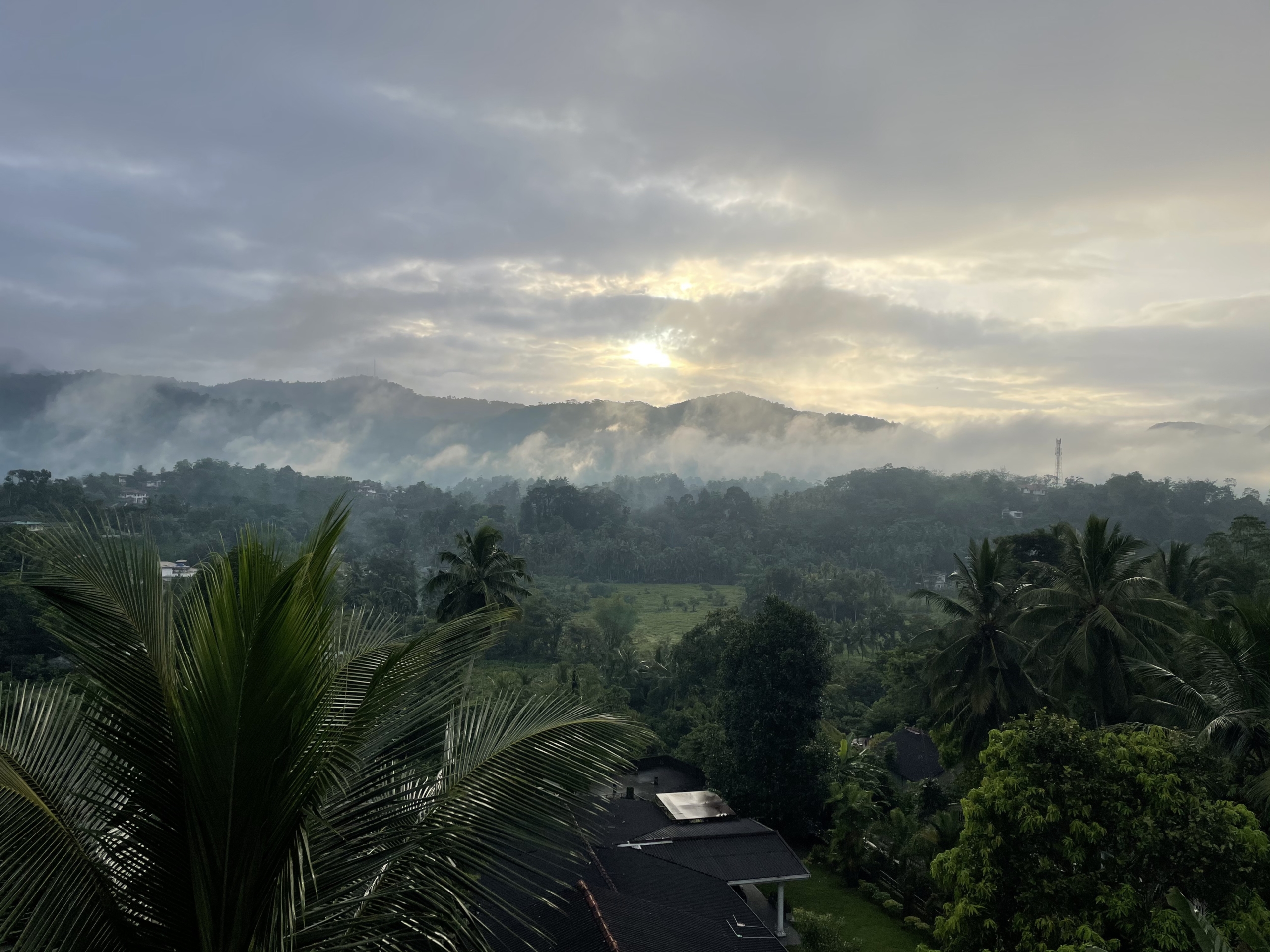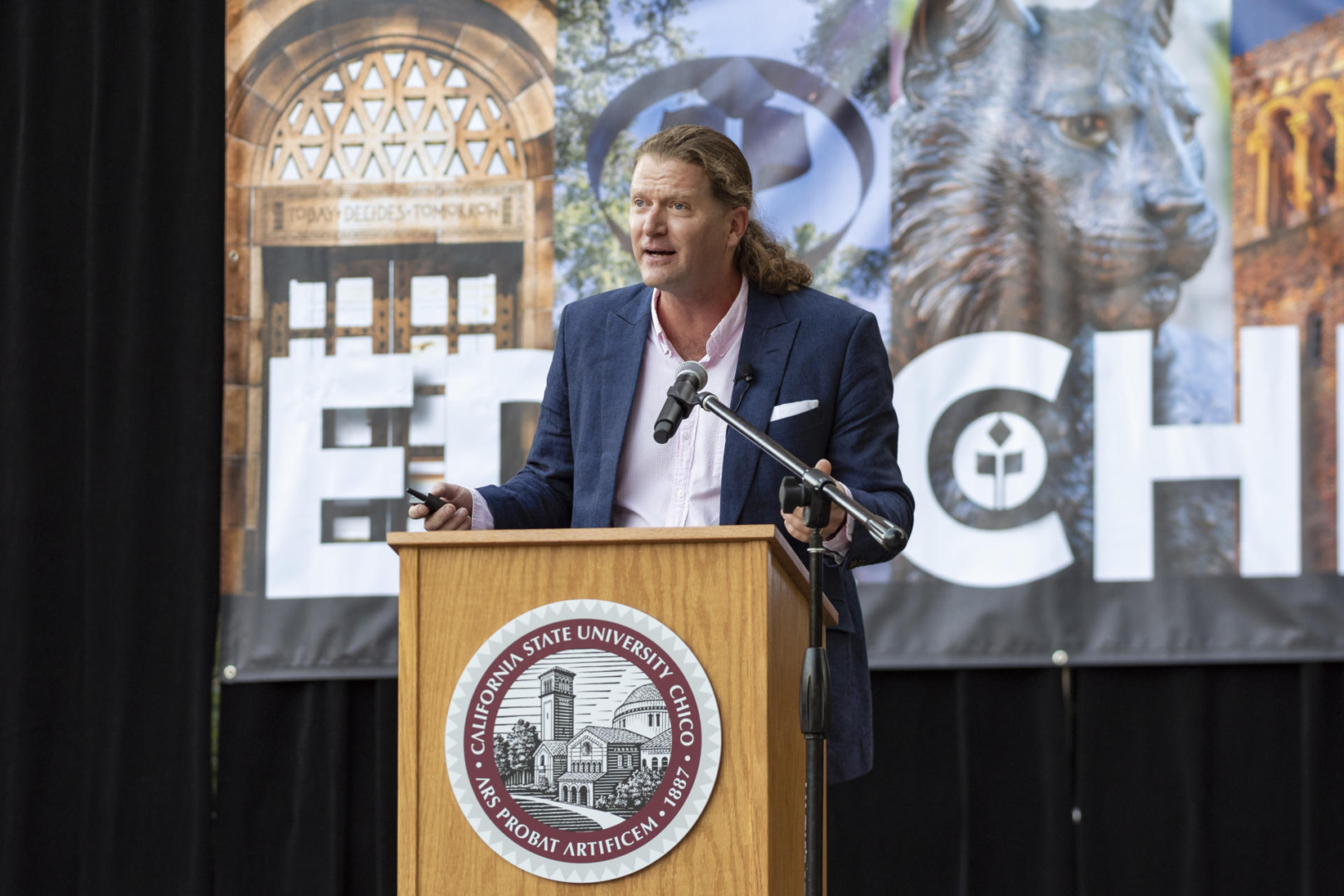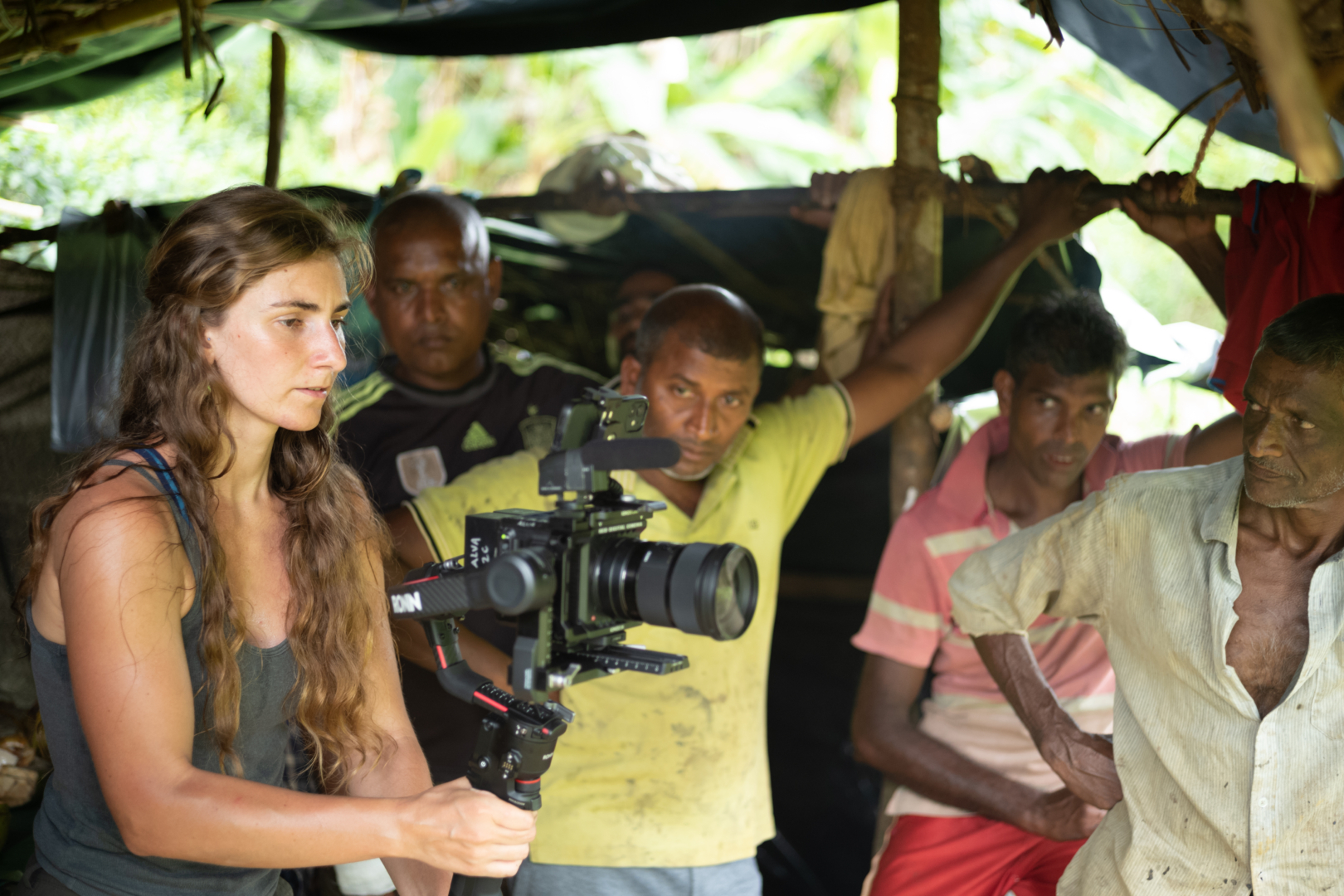‘Beauty in the Chaos’: Fulbright Scholar’s Focus on Gemstone Trade in Sri Lanka

From the beginning, Brian Brazeal’s Fulbright Scholar experience earlier this year was perhaps more eventful than even he envisioned.
As faculty from the Anthropology Department, Brazeal was awarded a Fulbright Scholar Award last year, allowing him to travel to Sri Lanka to study and document the country’s unique place in the global gemstone industry—the ninth country he has visited to conduct such research—for a documentary through the University’s Advanced Laboratory for Visual Anthropology (ALVA).
“I have footage from Thailand, England, and Switzerland where I’ve talked to people with different levels of awareness of the industry,” said Brazeal, ALVA’s founder and director. “I’m always interested in religious enclaves in the international gemstone trade as well as the conflict between corporate mines and illegal miners.”
Brazeal’s trip to Sri Lanka was originally planned after he received the University’s Lantis Award in 2019. He soon gathered his crew (including 2020 anthropology alumna Rose Merry Blanco and current student Stacey Jones) and planned the research trip for October 2020—but the COVID-19 pandemic halted the project. The project stalled until the Sri Lankan government slowly lifted a near-two-year lockdown.
“My departure was additionally delayed because a political crisis was brewing in Sri Lanka,” he said. “When Fulbright finally decided to let me go, they said, ‘you have to go right now.’”
Brazeal arrived in Sri Lanka on March 6 amid political unrest and an unraveling economy. Sidestepping protests, following the country’s strict curfew, and avoiding any truly dangerous situations, Brazeal began what he hoped would be a productive trip documenting the country’s gemstone trade.

With several documentaries already to his credit, Brazeal has followed the global emerald trade from Brazil to India to Zambia to Israel to Colombia and finally to New York for his current project. In Sri Lanka, he was eager to learn much more about that country’s gemstone mining practice, its protocols and laws, and how it fits in with the rest of the trade.
With Jones (Anthropology, ’23) as a cinematographer, they traveled by train, pickup truck, and tuk-tuk (a motorized three-wheel taxi) to locations both coastal and inland, through large cities and isolated villages. They viewed the stark difference between what the world’s dangerous, and oftentimes illicit, gemstone mines and what Sri Lankan legal, privately owned, and more ethical operations looked like.
“You hear all of these horrible stories of mining situations and environments,” Jones said. “And then you go to these mining communities in Sri Lanka and it’s beautiful, green, and lush.”
As he has done in other nations, Brazeal found that one method of learning more about Sri Lankan practices was leveraging his own knowledge as barter.
“I know how the gemstone trade works in most parts of the world so when I show up somewhere, I say, ‘tell me how it works here and I’ll tell you how it works in, say, India,’” he said. “The exchange of knowledge can be like a two-way street.”
These connections allowed Brazeal and Jones to gain the trust of locals to document what are rarely seen steps in the gemstone trade. They toured rural areas where rice paddies were ethically transformed into mines beneath the surface, only to become rice paddies again when it was time. They watched how gems were traded in the nation’s capital of Colombo and how dealers walked through a marketplace with raw gems worth tens of thousands of dollars apiece.
“It was really fun to be in that setting because it was just completely different,” Jones said. “We saw and held all of these raw stones and I thought, ‘I don’t think I’ve ever held something this expensive in my life.’”

While Brazeal continues to work on the documentary, he has already been able to leverage some of his experiences inside the outside of the classroom.
“I’ve presented at the Anthropology Forum and I’ll do another one that is more specifically tailored to my research and incorporate some of the footage that we’ve used,” he said. “And next semester I’m going to add a unit on Sri Lanka to my ‘Magic, Witchcraft, and Religion’ class.”
For Jones, this was truly an opportunity of a lifetime—and from a rarely seen perspective.
“Not only were the people welcoming and kind, but I got to see a side of the country many travelers don’t get to experience,” she said. “My experience in Sri Lanka is something I’ll never forget.”
Brazeal is grateful for those at Chico State who helped make it happen—especially working amidst so much turmoil.
“I think we were able to find some real beauty in the chaos,” he said. “I remain convinced that Sri Lanka has the best policies relative to gemstone mining and trading in the world and that the people in the business are truly righteous. I look forward to sharing their stories with the world.”


